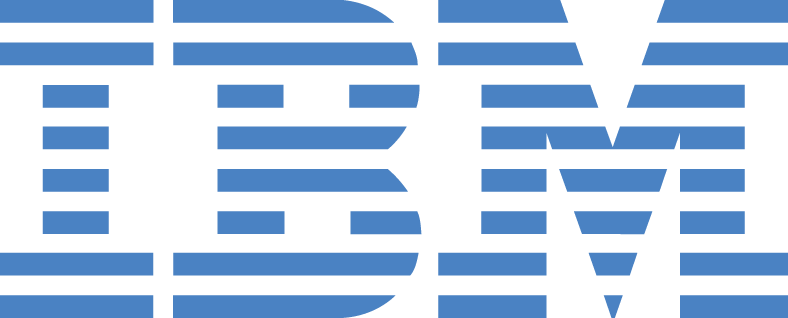 Readers of my blog know that I’m a technology buff. After all, it’s big part of how I keep the lights on. Lesser known, though, is that I fancy myself a respectable tennis player and a pretty big fan of the sport. Each September, I spend a decent amount of time watching the US Open.
Readers of my blog know that I’m a technology buff. After all, it’s big part of how I keep the lights on. Lesser known, though, is that I fancy myself a respectable tennis player and a pretty big fan of the sport. Each September, I spend a decent amount of time watching the US Open.
Well, at this year’s Open, IBM unveiled an exciting new SlamTracker feature. The Keys to the Match tool:
provides insight into what each player needs to do in order to have a higher likelihood of winning. We analyzed 39 million data points covering Grand Slam matches over the past seven years to provide analytic assessments of players and what they need to do to succeed.
Based on head-to-head games in the past, the system filters and ranks the top three keys to the match for each player. Examples might be the need for an individual player to return a certain percentage of second serves in order to win or whether longer points favor one opponent over the other. Take a look at the keys before the match, then follow a player’s performance against them as the sets progress. You’ll see in real time that they keys are a great predictor of success.
For more on the tool, check out this short YouTube video:
Now, the USTA no doubt worked with IBM on developing SlamTracker and some of its bells and whistles. And tennis is hardly the only sport to benefit from Big Data. I watch quite a bit of golf and some of the statistics tracked these days will make your head spin. (Spoiler: it’s about far more than “greens in reg”, putts per round, and average score.)
Endless Possibilities
Imagine what embracing Big Data can do for your organization.
The main point here is that Big Data means big possibilities for organizations of all sizes–and this hasn’t always the case. I remember 15 years ago, only the very biggest of companies could afford state-of-the-art technology to even attempt to analyze comparatively tiny data sets.
Not anymore.
The rise of open source software, cloud computing, and other emerging technologies mean that mid-sized organizations can do far more with far fewer human and financial resources. Sure, a few folks get to analyze the business impact of golf swings and tennis serves and call it work. But what about discovering nascent sales trends? Identifying production problems? Determining which departments are on track to exceed their budgets?
Simon Says
Big Data represents a big opportunity for tennis players and mid-sized organizations alike. If Big Data helps Rafael Nadal understand that he’s better off serving to Novak Djokovich’s forehand in the ad court, imagine what embracing Big Data can do for your organization.
 I wrote this post as part of the IBM for Midsize Business program.
I wrote this post as part of the IBM for Midsize Business program.
 PHIL SIMON
PHIL SIMON


0 Comments